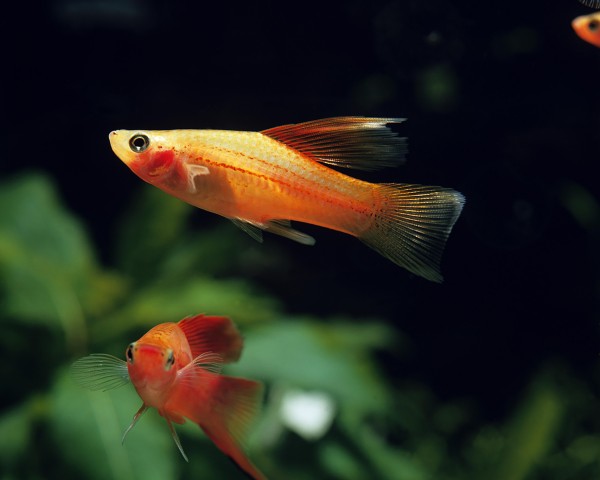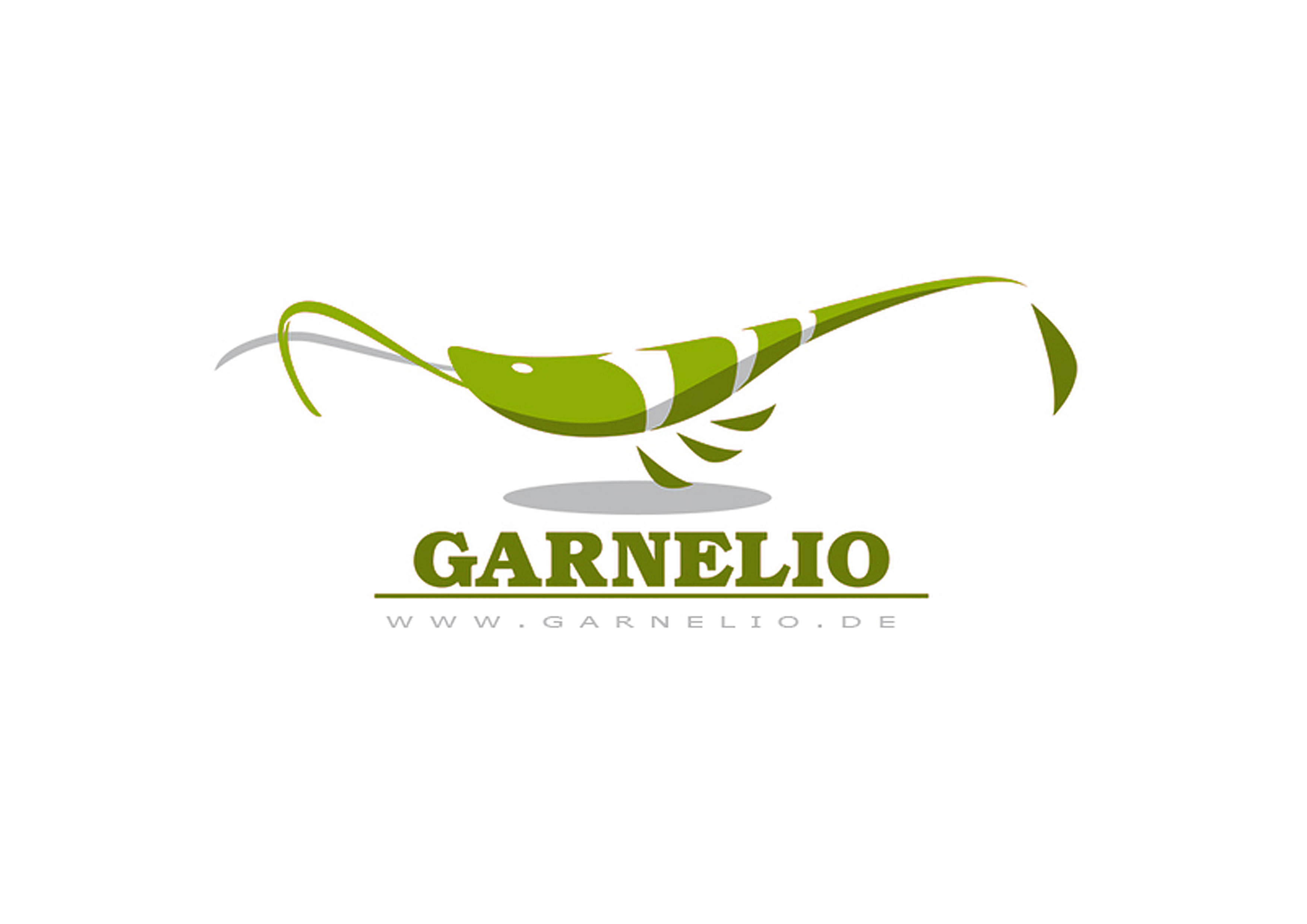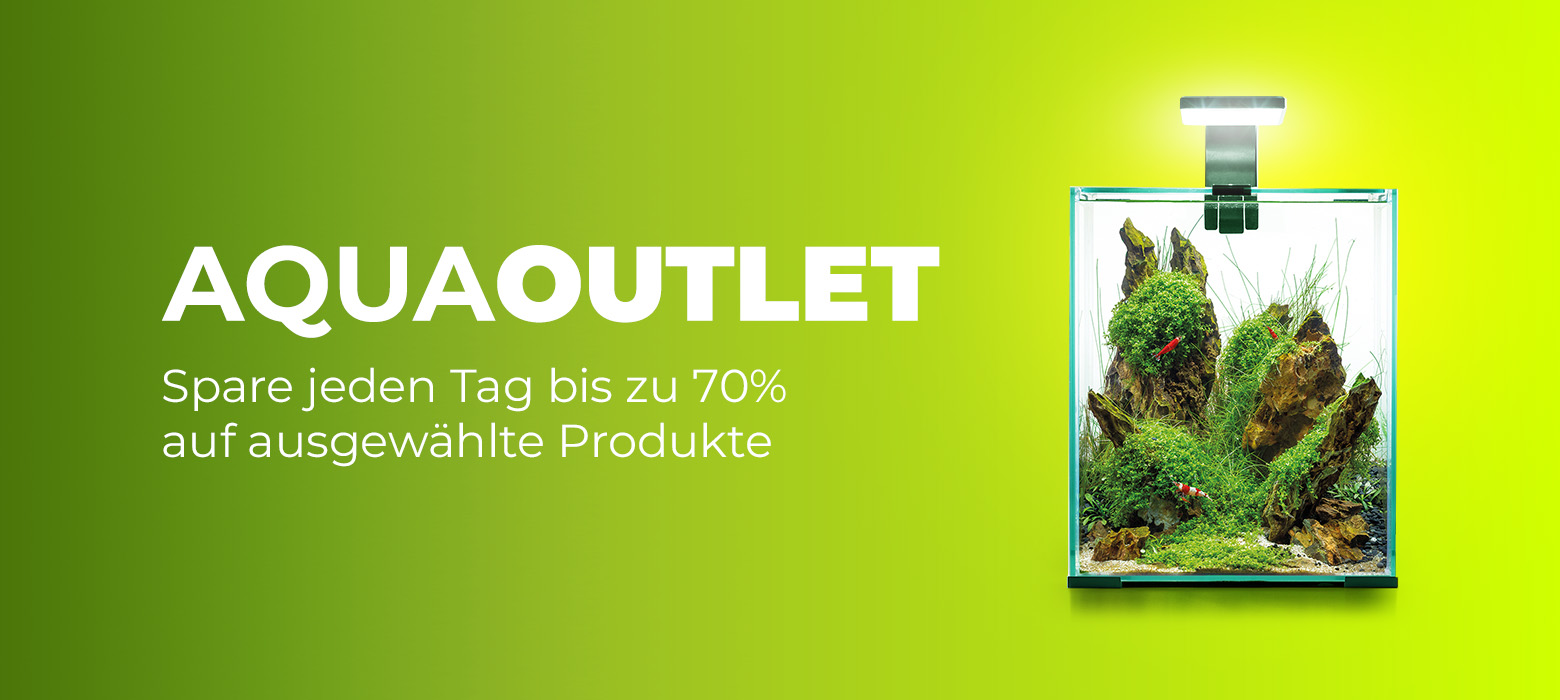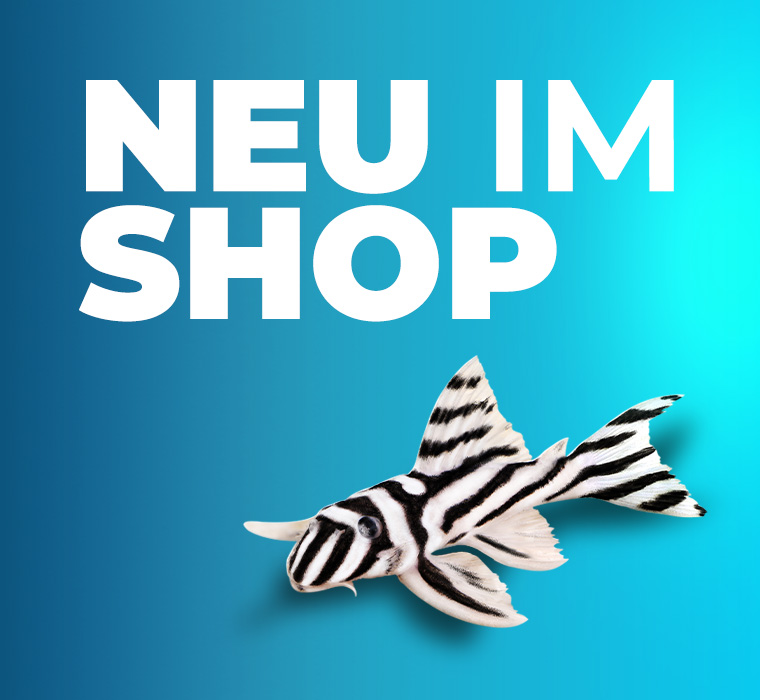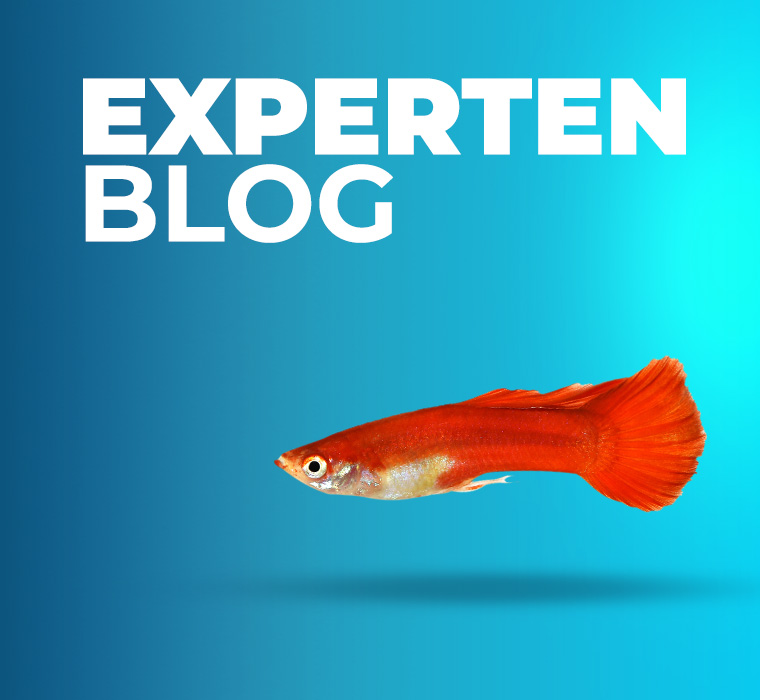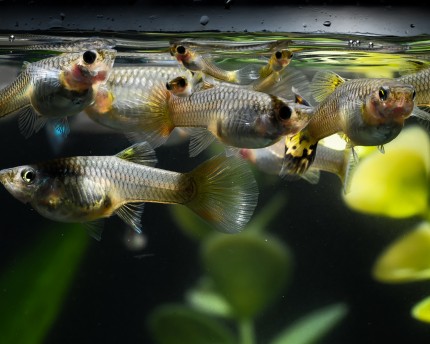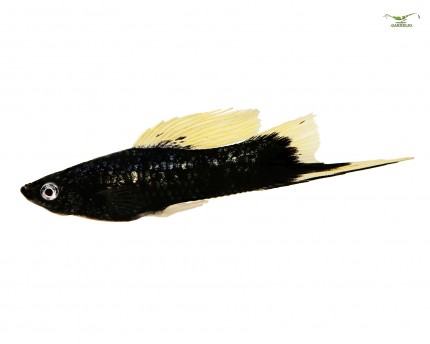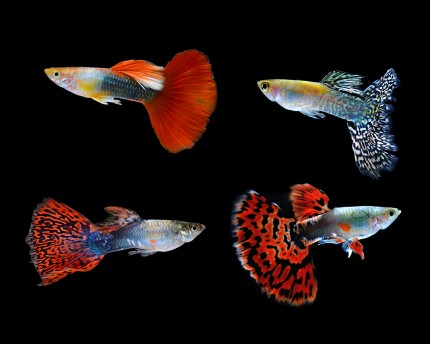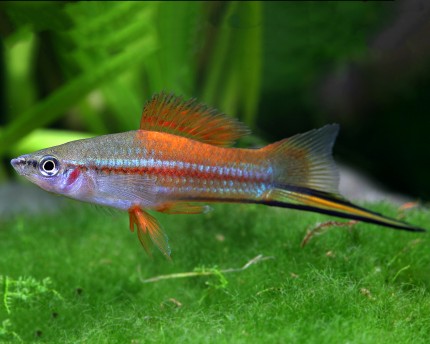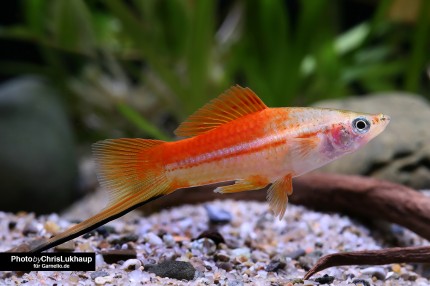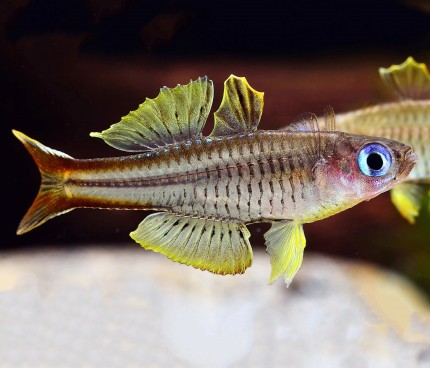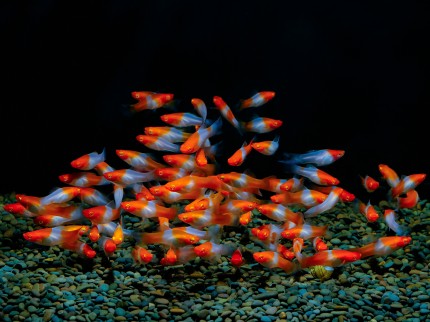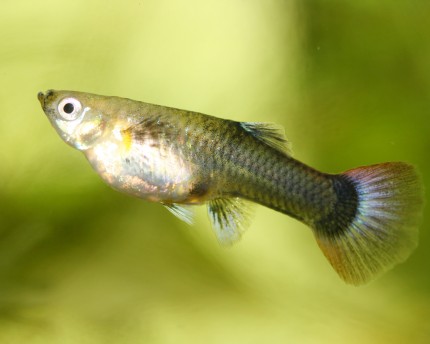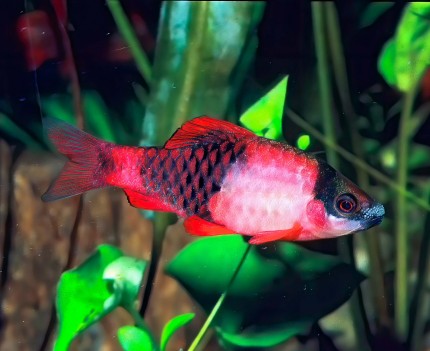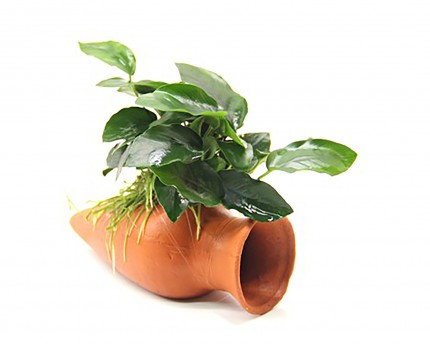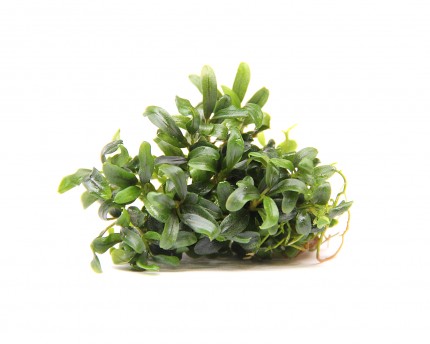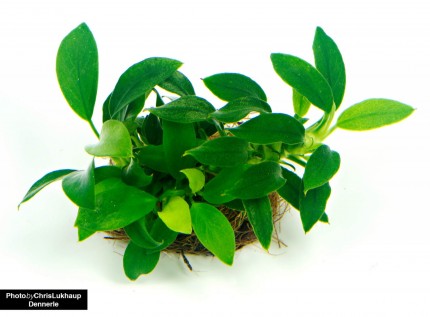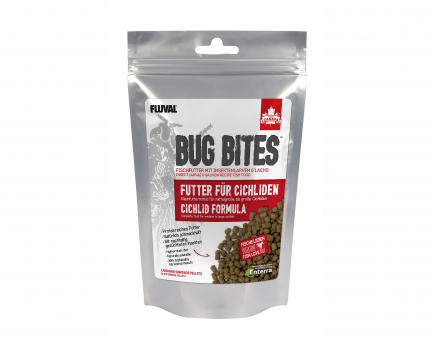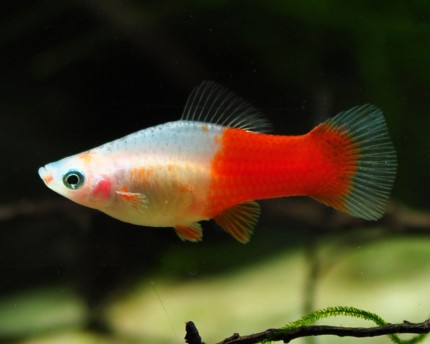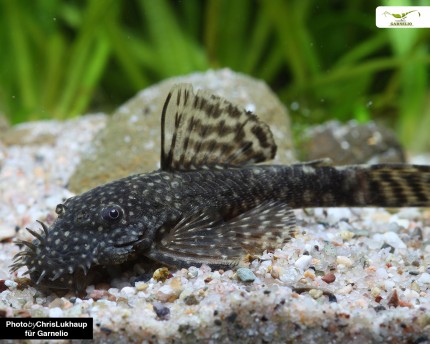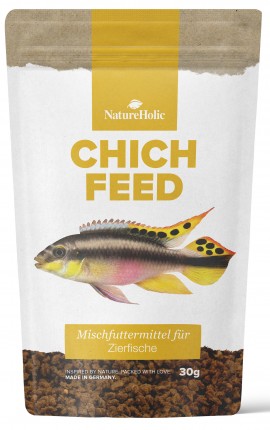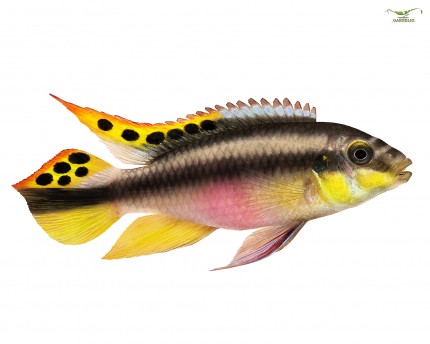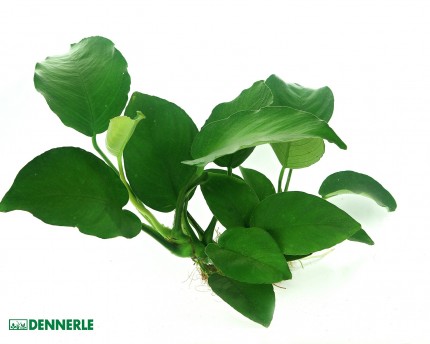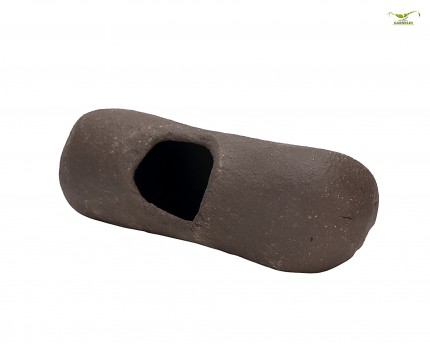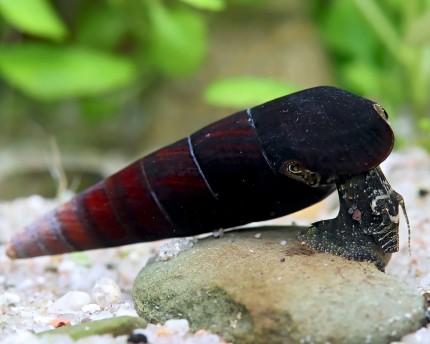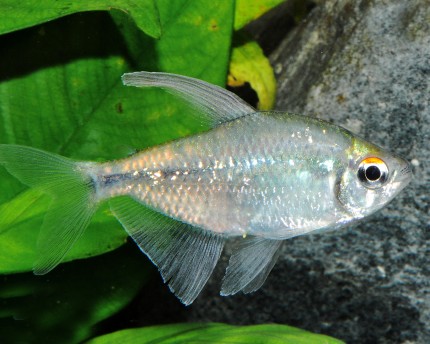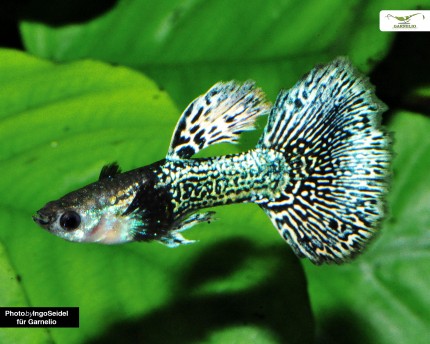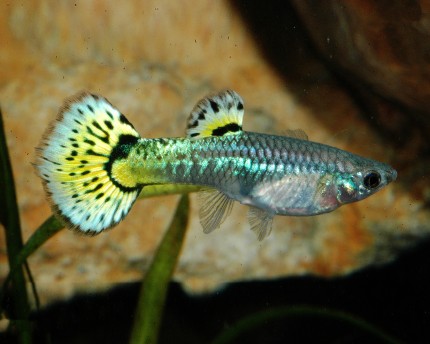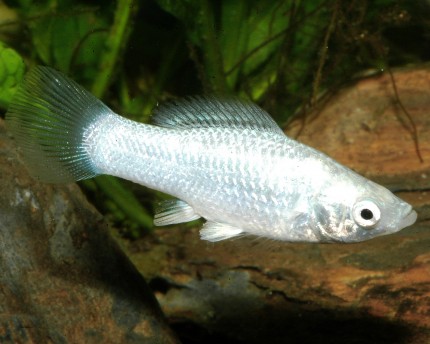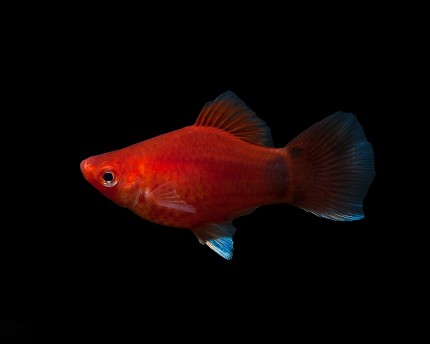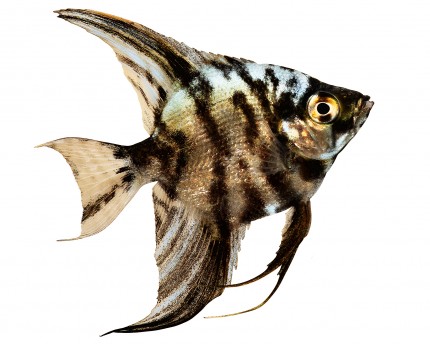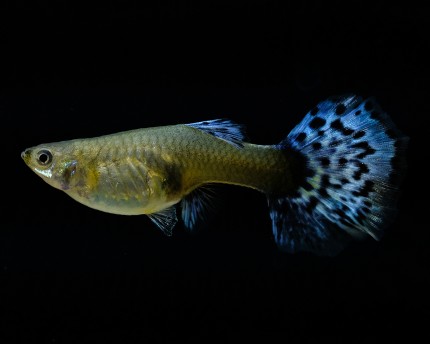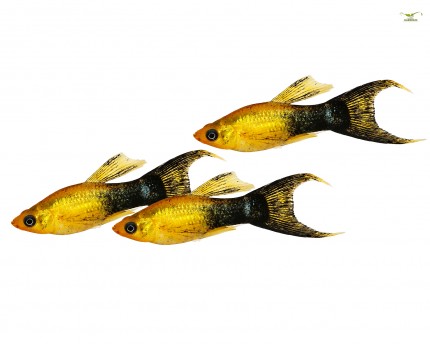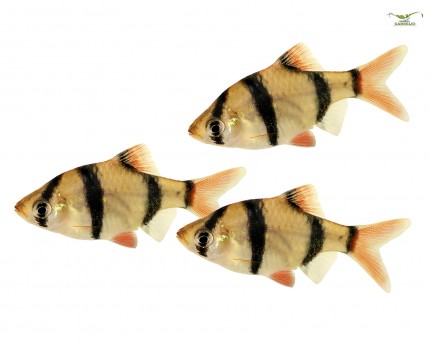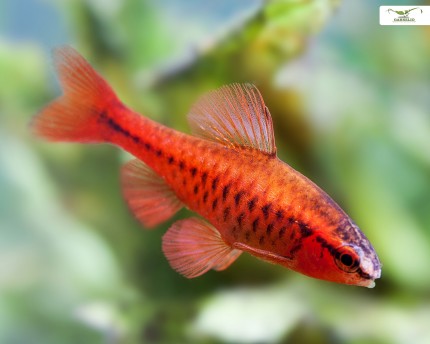incl. VAT plus shipping costs
Currently not available
Delivery only innh. Germany and Austria possible.
Switch to the German store
- Item no: 28971
Fast delivery times
All products are in stock with us!14 years of breeding experience
Let our team of experts advise you!High customer satisfaction
from over 3,000 reviews "| Water values: | medium hard to hard |
| Aquarium size: | 100 l (approx. 80cm) |
| with crabs?: | No |
| Temperature: | 20-28 °C |
| Pelvic region: | Everywhere |
| Visual effect: | interesting body shape |
| Feature: | Interesting coloring |
| with fish?: | Yes, with peaceful fish |
| Origin: | Central America |
| Planting possible?: | conditional* (see description) |
| Breeding: | simply |
| Final size: | 8-12 cm |
| Fish group: | Tooth carp |
| with shrimps?: | with dwarf shrimp, offspring may be eaten |
| Diet: | omnivorous - omnivorous |
| with snails/shells?: | Yes |
| with dwarf crabs?: | Yes |
| Difficulty: | 1 - Simple |
| Behavior: | Normal |
| with large crabs?: | No |
| Age Expectancy: | 3-5 years |
The Pineapple Wagtail Swordtail Xiphophorus helleri is a particularly beautiful representative of the live-bearing toothcarps. Xiphophorus helleri originates from Central America and South America. There the ornamental fish live in fast flowing rivers with a lot of plants, partly up to the river mouths, where the water has already a light salt content.
Here you buy a mixed sex group of the attractive and beautiful swordtail Pineapple Wagtail.
The Pineapple Wagtail swordtail is predominantly silvery to yellow like a pineapple and has a more or less pronounced red dorsal coloration. The caudal fin is mostly black. In males, the spectacular sw ord on the caudal fin is black or bicolored red and black. Males are about 12 cm long when fully grown, and the sword is about 4 cm long. Female swordtails do not carry a sword, they grow quite large at about 12 cm. Late males look like females for a long time. They also have the body shape of a strong female swordtail later on, but they are able to reproduce. You can recognize them by their gonopodium, which is formed from the anal fin.
As a live-bearing toothcarp, the swordtail gives birth to its fry alive. The females store the male's sperm for a long time after mating and can then have several more litters without mating again. A litter of swordtails can contain up to 150 larvae. Adult Pineapple Wagtail swordtails eat the fry, thereby keeping the offspring in numbers. Swordtail fry are already 6-9 millimeters long at birth. In the aquarium, a few fry of the swordtail always come through, if the tank is really well planted, so that the little ones can hide.
Swordtails like to swim in a shoal with their conspecifics and therefore must not be kept individually. They like medium to hard water and do very well with a slight addition of salt to the aquarium water. A water temperature of 20-28 °C is optimal for Xiphophorus helleri "Pineapple Wagtail".
Swordtails are quite closely related to Guppies and Platies and even crossbreed with Platies. The socialization of swordtails with other small to large peaceful fish in the community tank works fine. Also with larger shrimps like Amano shrimps or fan shrimps the aquarium keeping works well. Even with peaceful dwarf crayfish species from the genus Cambarellus swordtails tend to have no problems, while smaller dwarf shrimp and especially their young are sometimes eaten. With well reproducing dwarf shrimps like Neocaridina it can work out in the aquarium with swordtails, if there are enough hiding places and moss cushions for the shrimps.
In nature, small crustaceans, mosquito larvae, worms and insects can be found on the menu of swordtails in addition to algae and soft water plants. Pineapple Wagtail swordtails also love their green food in the aquarium. In addition to algae, they like to nibble on soft vegetables (tomatoes, zucchini, squash, scalded spinach leaves, dandelion or nettle leaves). Then aquarium plants also tend to be spared more. Flake food for omnivorous aquarium fish and food granules for livebearers are taken very readily, and frozen food or live food such as grindal, water fleas or mosquito larvae completes the menu of the Pineapple Wagtail Swordtail.
| Scientific name: | Xiphophorus helleri |
| German Name: | Pineapple Wagtail Swordtail |
| Difficulty level: | for beginners |
| Origin/Distribution: | South America |
| Coloration: | Orange to red on the back and light yellowish on the ventral side, sword with dark stripes on males, caudal fin black |
| Age expectancy: | approx. 3 years |
| Water parameters: | GH 12 to 30, KH 5-20, pH 7 to 8.5, temperature 20 to 28 °C |
| Tank size: | from 80 l |
| Food: | Omnivorous, in addition to flake food and granulated food, also likes frozen food or live food and soft vegetables or greens |
| Breeding: | very easy |
| Behavior: | very peaceful |
| Group size: | at least 10 |
| Additional information: | <a href="https://www.garnelio.de/blog/garnelen/welche-fische-vertragen-sich-mit-garnelen="_blank">Which fish get along with shrimp?</a>, <a href="https://www.garnelio.de/en/blog/aquarist-tips/socialization-of-fish-with-dwarf-crabs" target="_blank">Association of fish and dwarf crayfish</a>, <a href="https://www.garnelio.de/blog/krebse/vergesellschaftung-von-fischen-und-grossen-flusskrebsen" target="_blank">Association of fish and large crayfish</a></td> </tr> </tbody></table>
Customer questions and answers Discover now Entdecke die Garnelio Welt! Garnelio gehört zu den größten Onlineshops für wirbellose Aquarientiere weltweit. Last viewed Shopware Agentur six-media.de |

